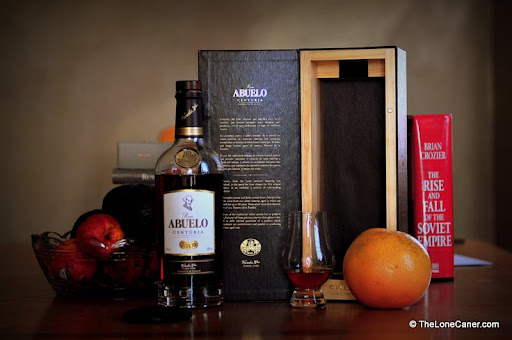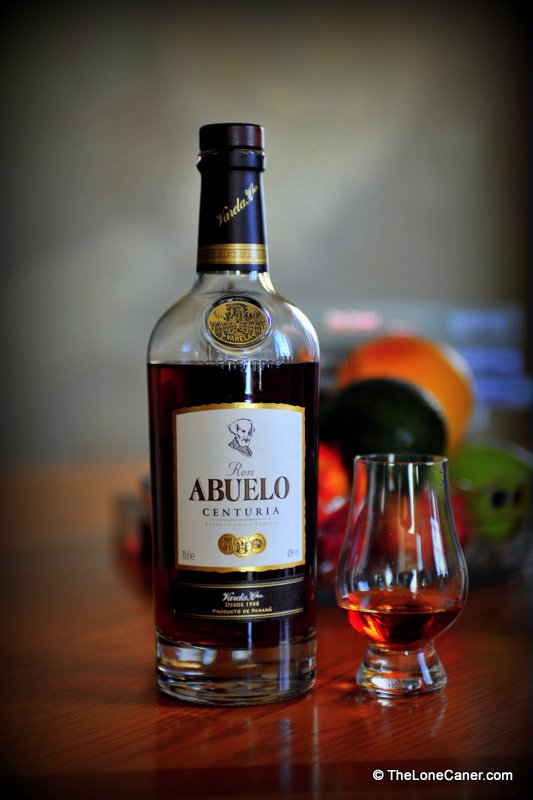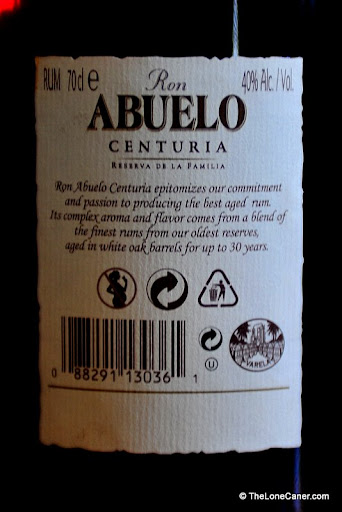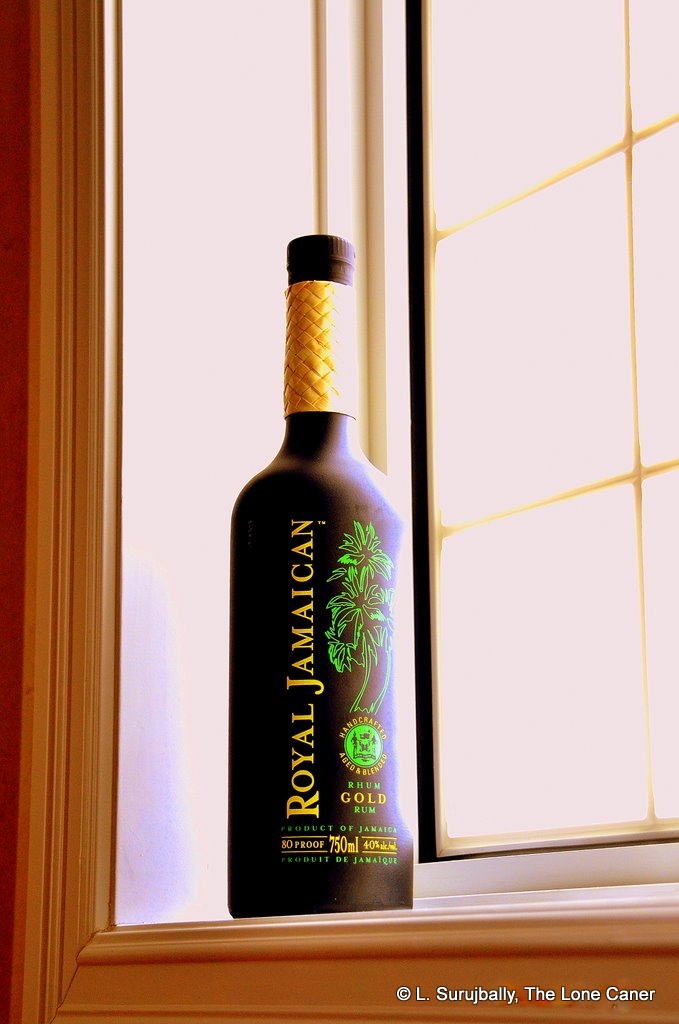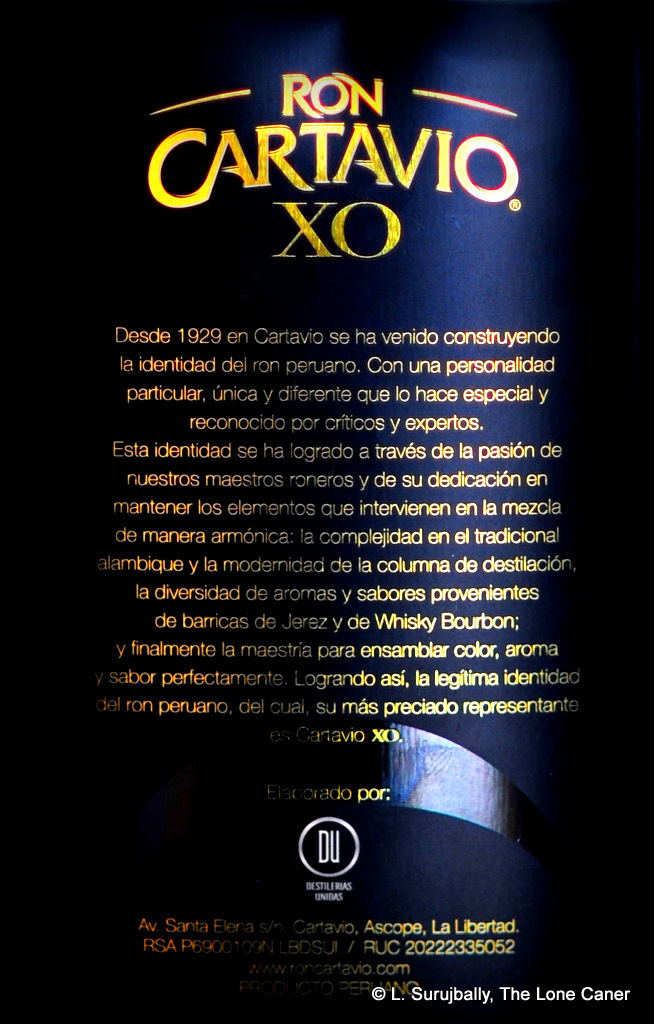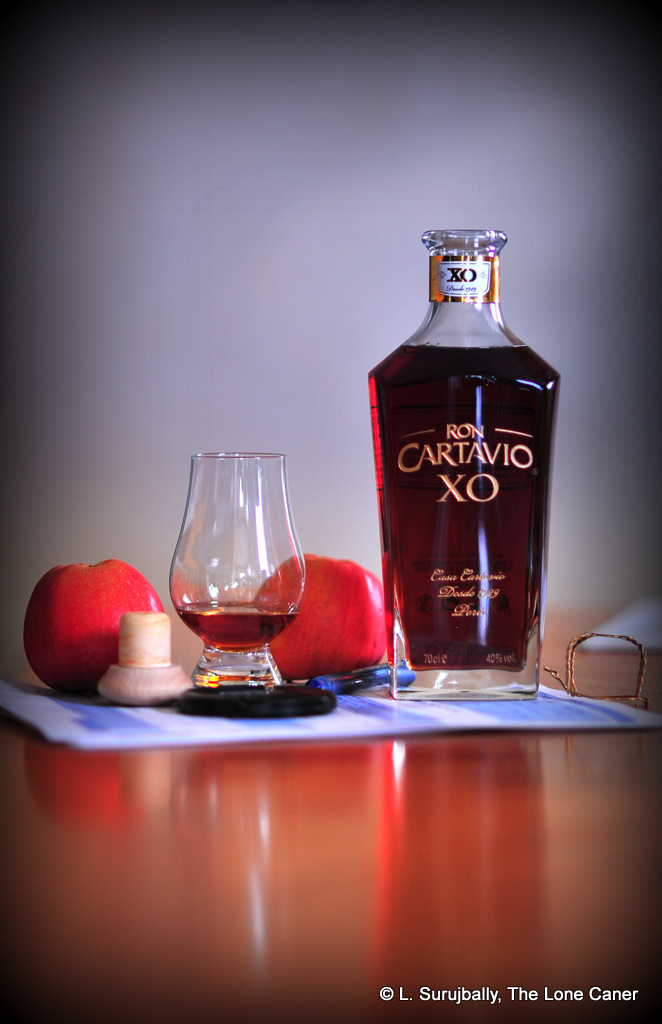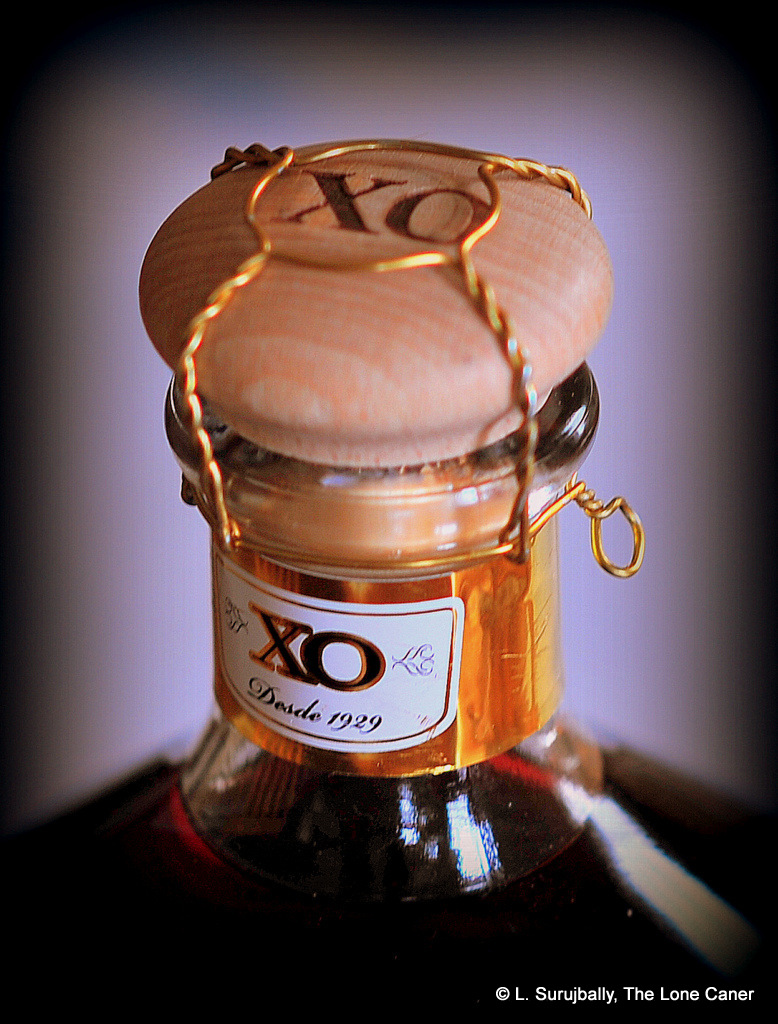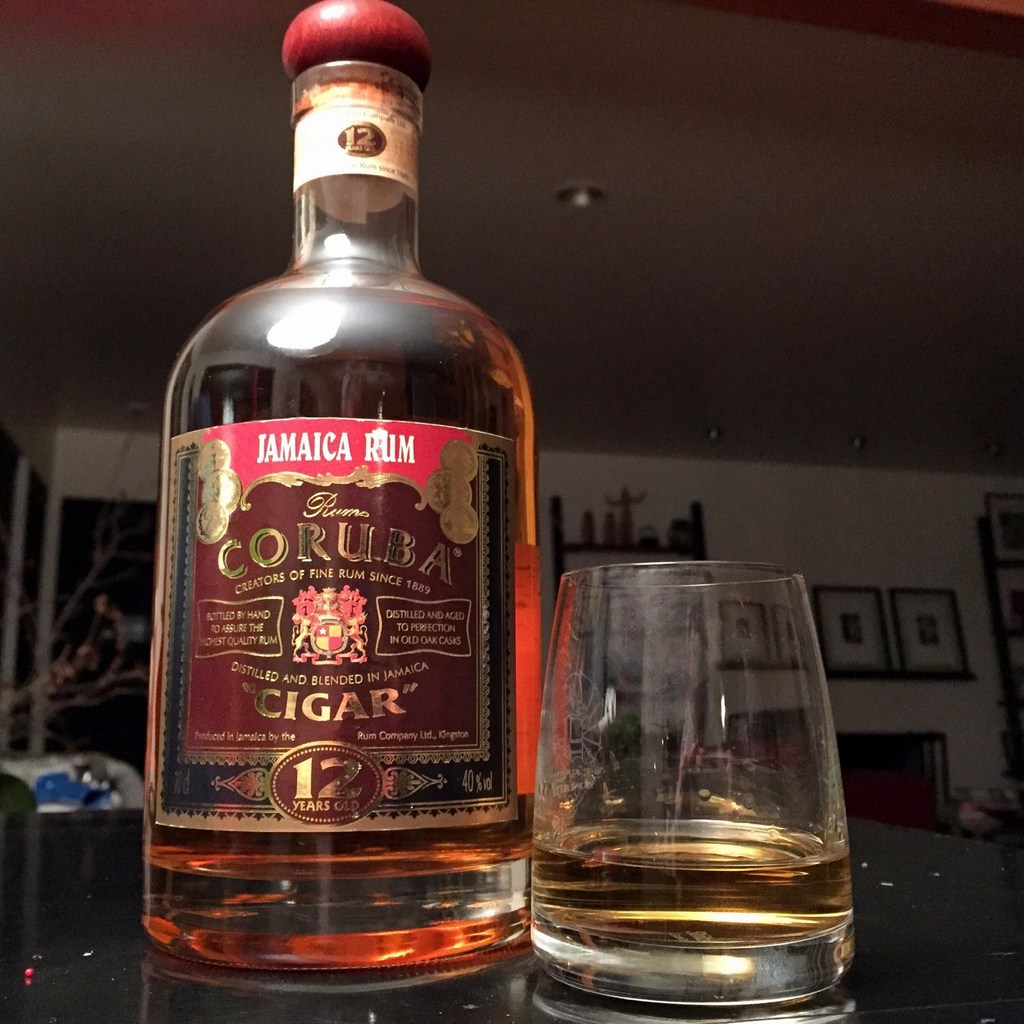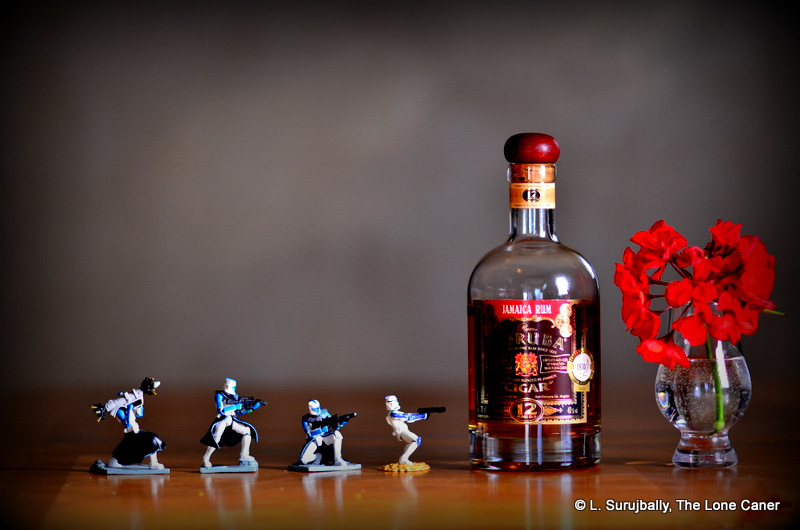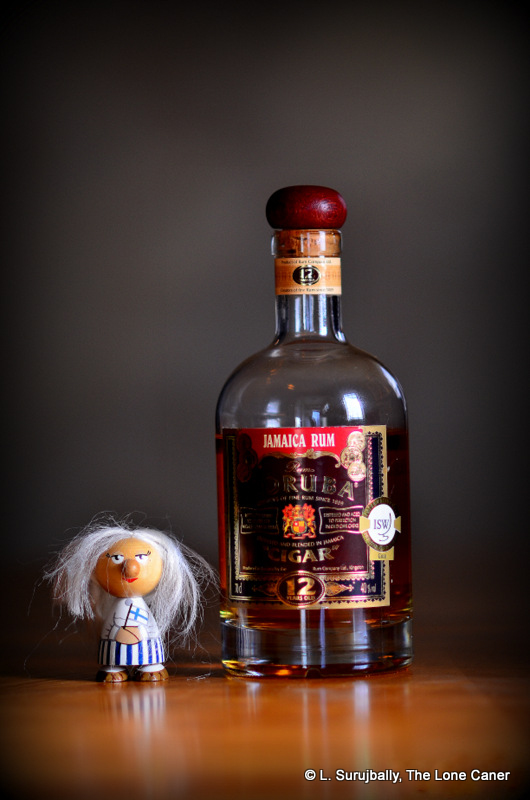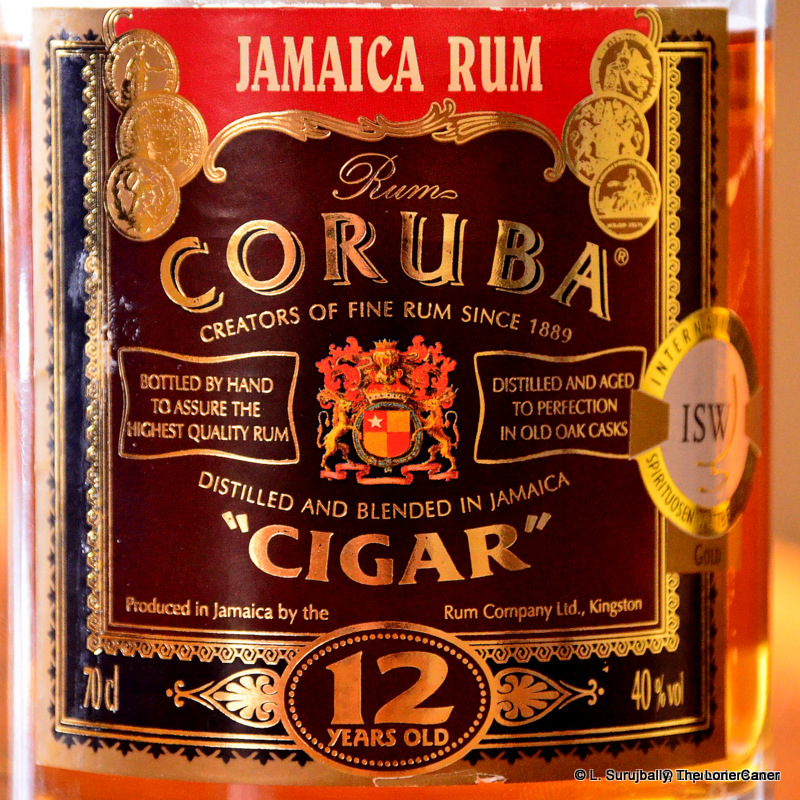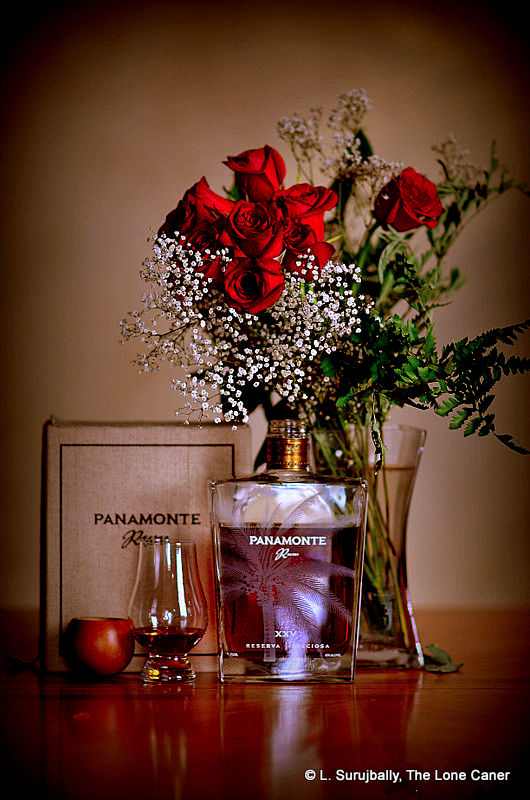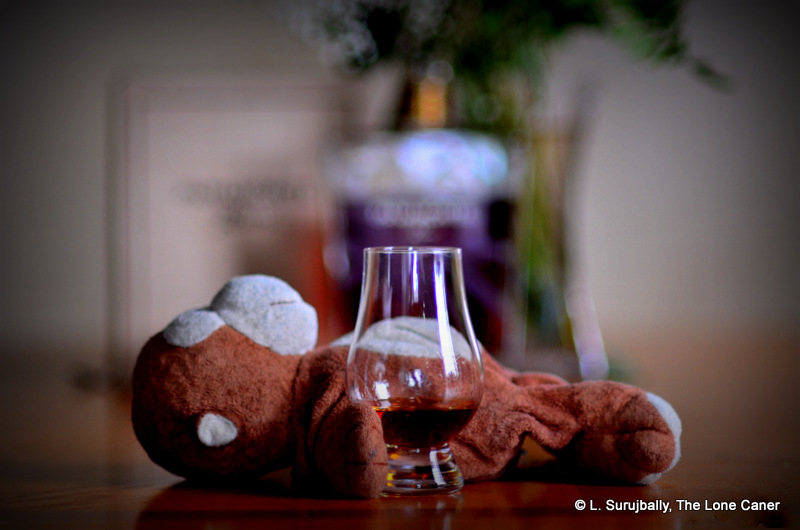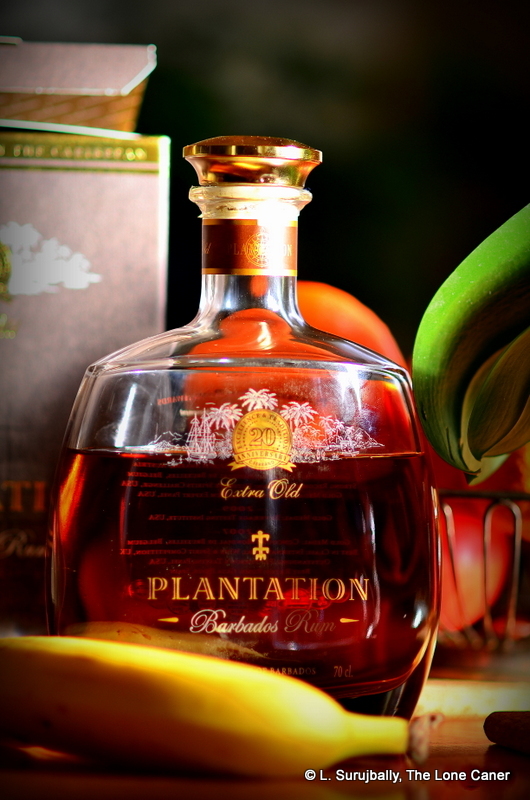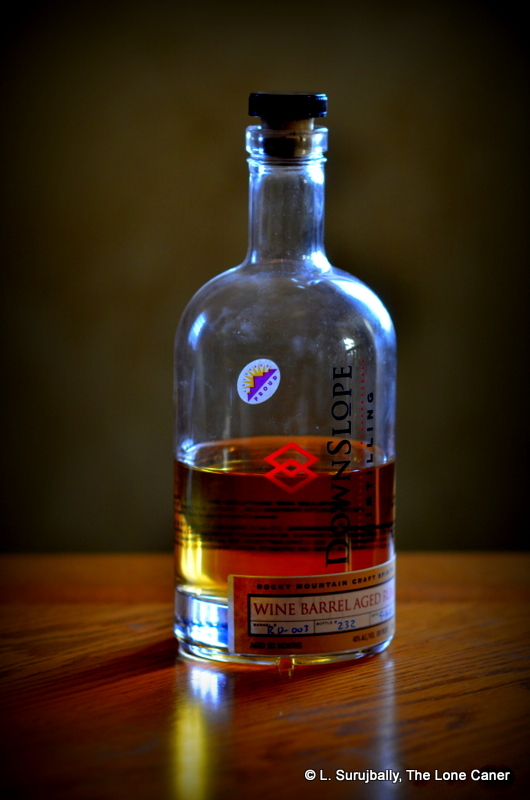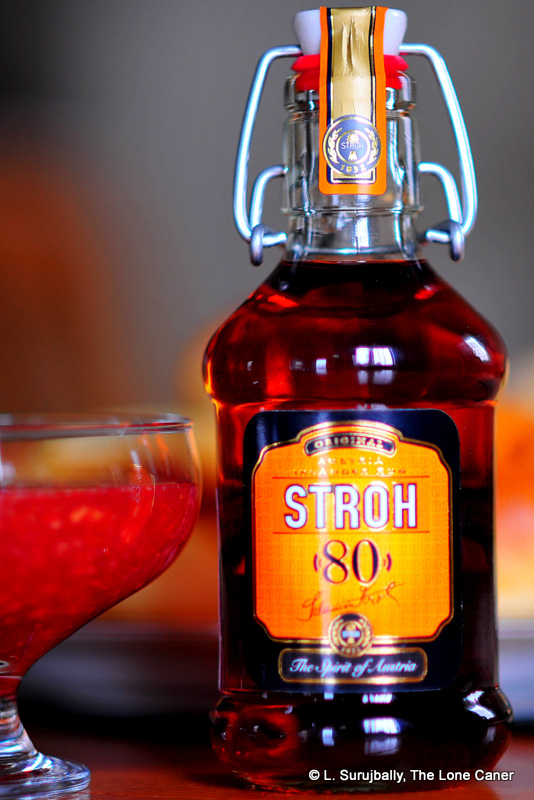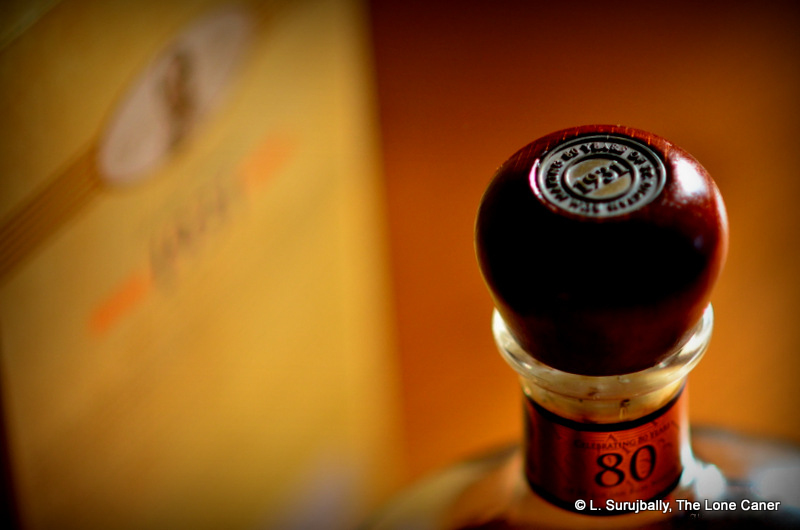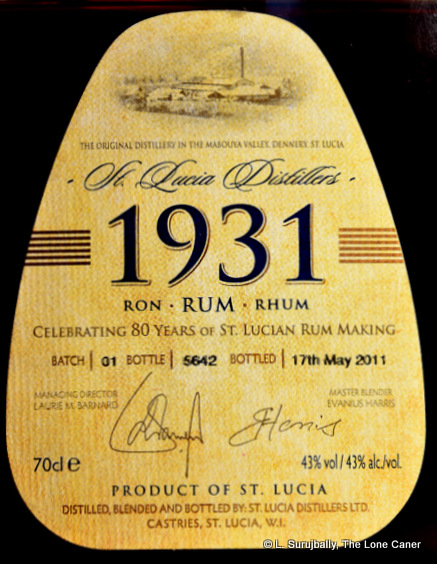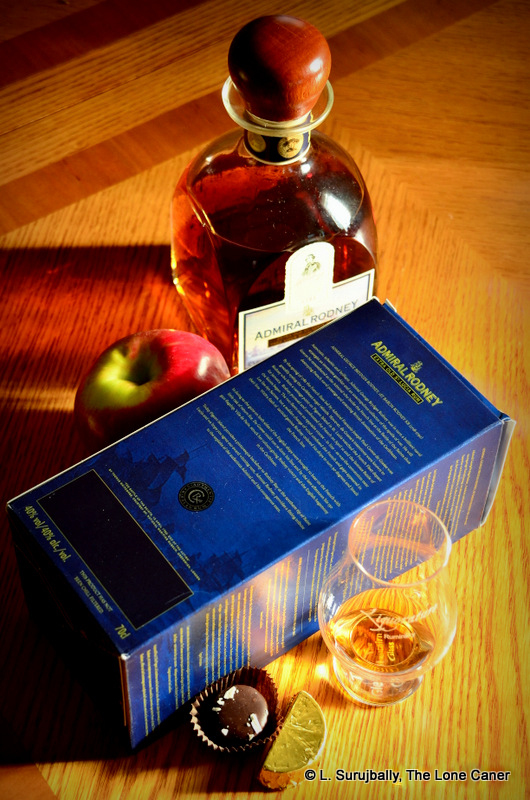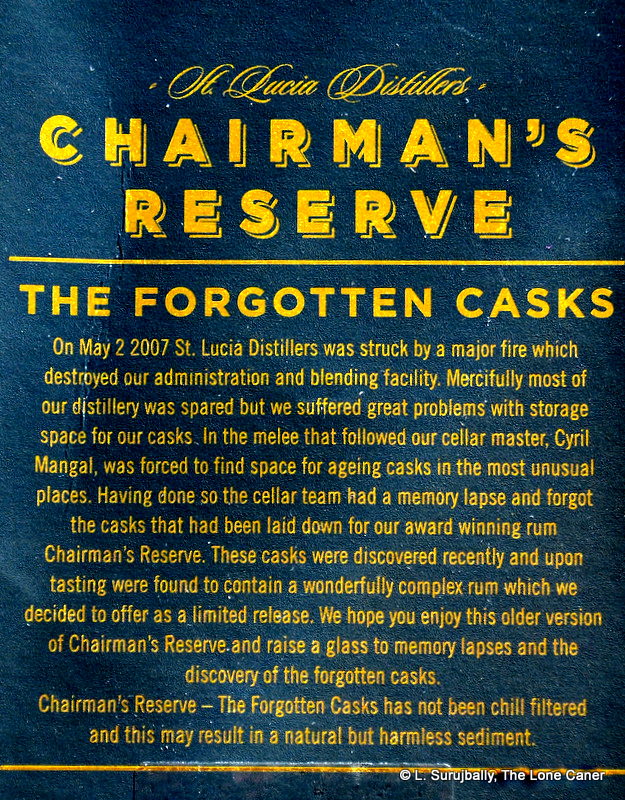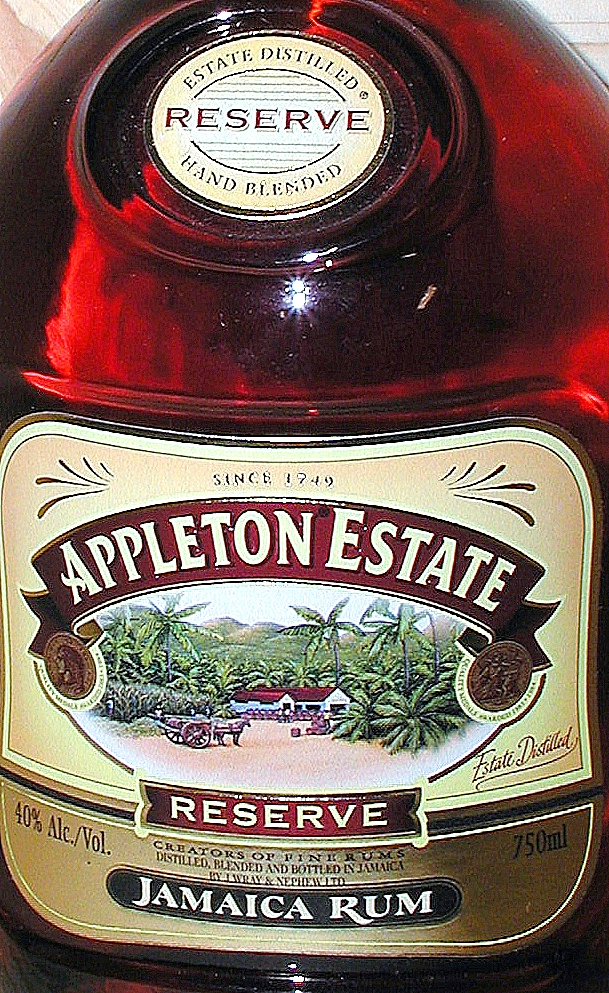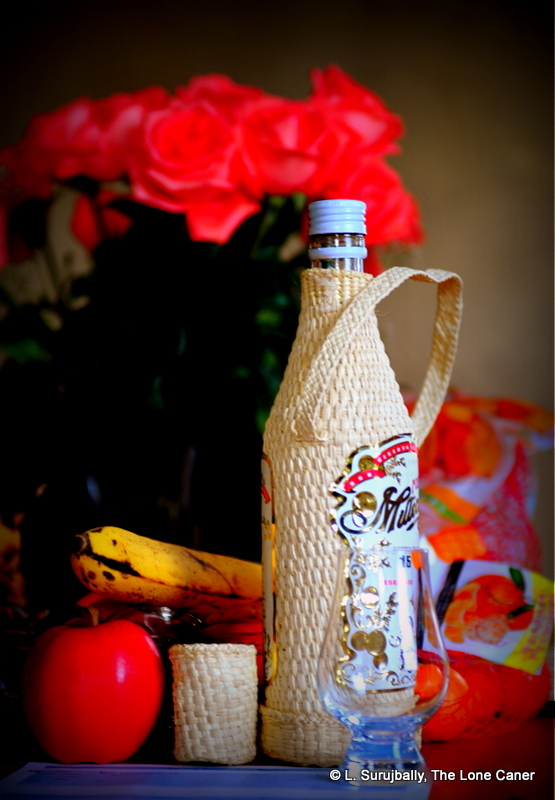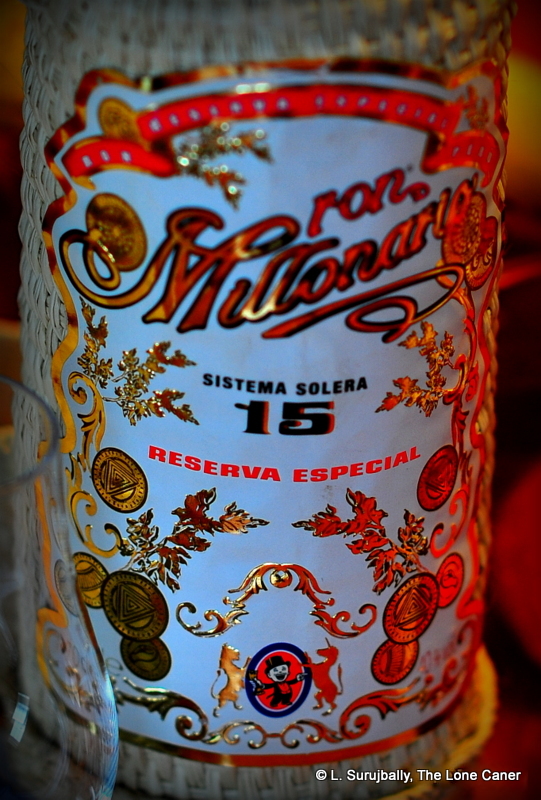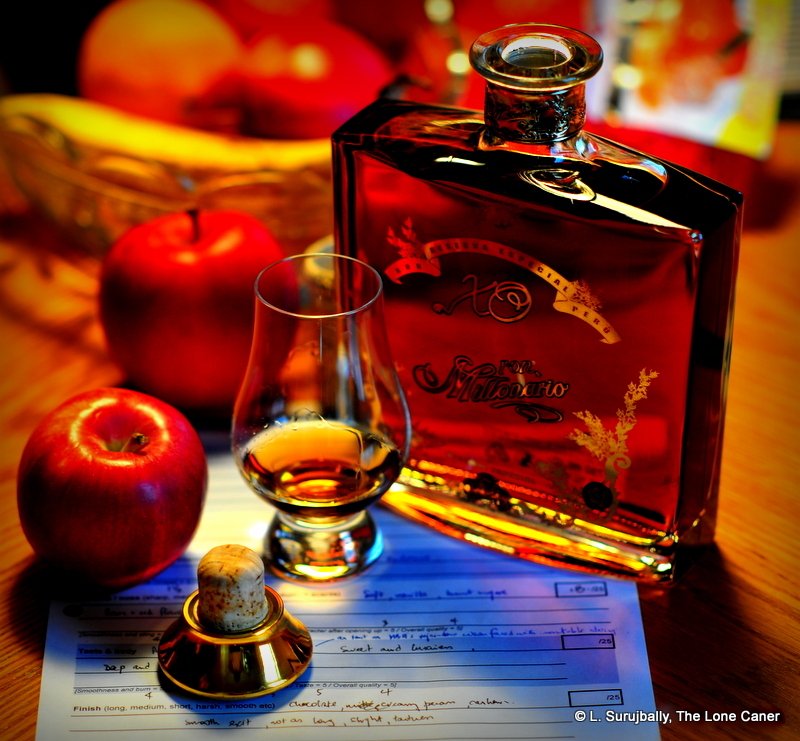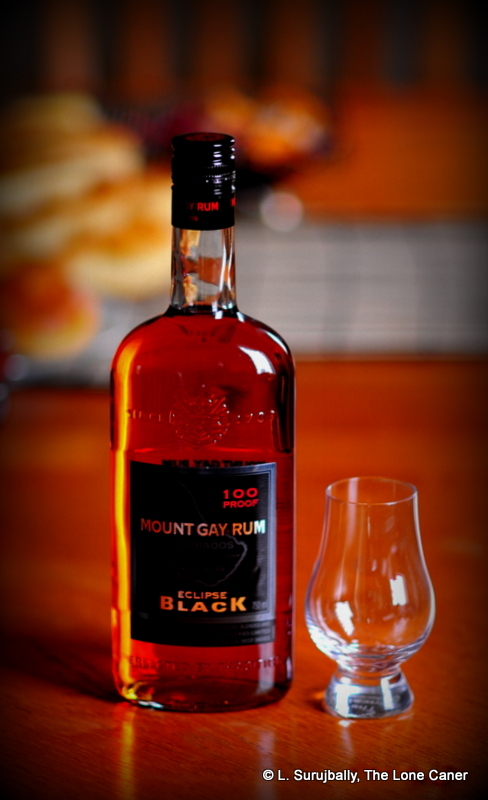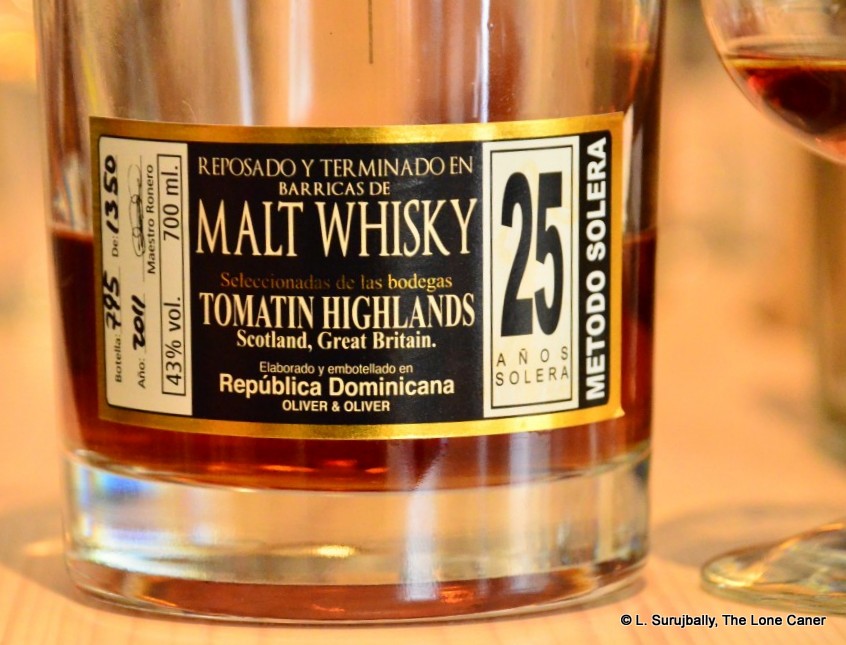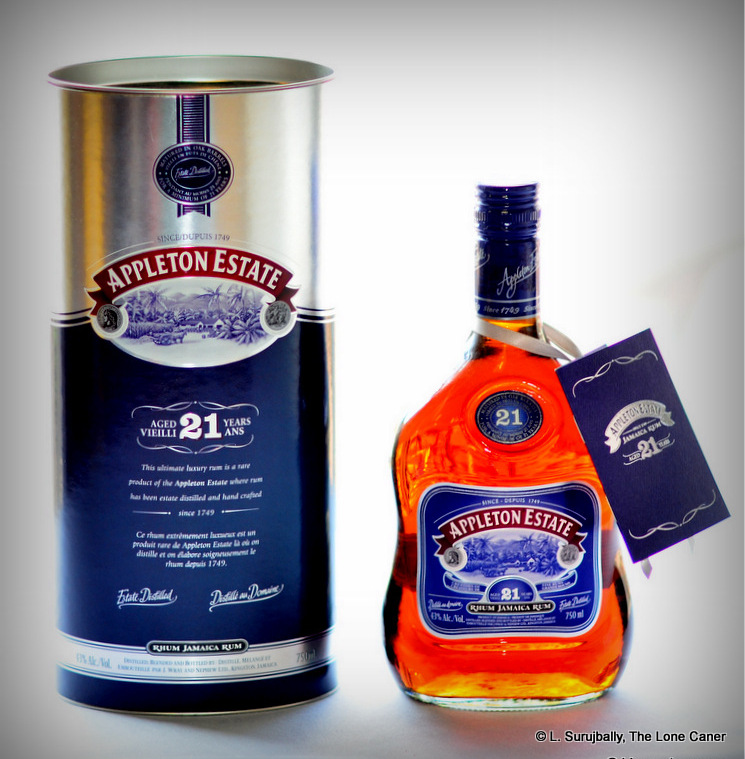
A set of Bata flip-flops made out of Gucci-quality leather
Frankly, I just don’t get the point of underproofs. It’s like they aren’t quite sure what they want to be, and are deathly afraid of offending even one potential customer by being, I dunno, a real rum. If I wanted a light liqueur, I would have bought one, and to have a rum aged twelve years to be bottled at a strength like 35% makes little sense to me: the wussiness sinks an otherwise decent product. You can taste the underlying potential…it just doesn’t deliver.
Put aside the grumbling about oomph, and this 12 year old rum made in Costa Rica (presented to me by my compadres Mary and Stuart, who recently returned from there) is a pretty good product, mind you…it rises – barely – above its weakness, one might say. Consider merely the presentation: decent cardboard box of good paper, well designed, holding a frosted, dark, engraved bottle with a plastic screw cap. Solid all the way ‘round.
This was a rum too weak to batter your schnozz — so gentleness, warmth, lightness and softness were expected and received — and had intriguing and predominating scents of vanilla. Around that core swirled light floral hints, freshly cut ripe peaches and apricots (not rich enough for pineapple by any means, which was a good thing). Sweet, not cloying, and a faintly medicinal background, barely noticeable. Relatively unassertive, which may point to where underproofs usually unravel for me.
That gentleness carried on to the palate as well. This was a very smooth and light rum, and because of its delicacy, very difficult to pick apart. Almost no oak prescence, more vanilla and caramel and light flowers, all of which morphed into the androgynous nature of a papaya, skirting the line between a little tartness and none at all. There was hardly any finish to speak of, a short exit that left a quick last taste of oak and vanilla (but none of the raw smoke of older, more powerful expressions), and left me looking with some dissatisfaction at my glass. It gave too little, you see, and while a person casually trying something in this line would probably enjoy it, I preferred and continue to prefer, stronger and more intense drinks. This wasn’t one of them, good as its makers made it.
Speaking of the makers, Centenario Internacional SA from Costa Rica makes quite a range of these rums – five, seven, nine, twelve year and twenty year olds (plus a solera 25 40% not mentioned on their website). Aged in white oak barrels, the product of locally grown sugar cane, all except the solera are bottled at 35% according to the website’s photographs, so this is not an aberration, but a deliberate blending choice. I’m afraid I was not able to come up with much more regarding the company history – however, it did not seem to be one of those decades- or centuries- old distilling houses with traditions handed down through the generations, more a commercial spirits maker of relatively recent antecedents.
In fine, then, the general profile of the Centenario strikes an intriguing balance between the smooth lightness of some of the Colombian rums (like the Juan Santos 12, or the Ron Viejo de Caldas Añejo 8 años 38%) and the slightly more assertive Panamanians such as the Abuelo 12 or RN Panama 18. But bar the Viejo de Caldas, those drinks were bottled at par proof or better, had heft, hair and some hormones under the satin slinkiness. On this one, I can’t help thinking that they had a great product in the making , and for reasons known only to themselves, they dialled it back down to a puff piece I can barely call a rum without snickering. Much as I believe it to be a good product, I would only use it to introduce a newbie to the rum world, because at end, speaking for myself and knowing my preferences, that weakness of proof is its undoing – they have, alas, made a sow’s ear out of a silk purse.
(#155. 80.5/100)
Other notes
- Scouring the online shops shows me that the 40% expressions of the Legado are available, mostly in Europe. I suspect I’d enjoy those a lot more and score them more highly than this one.
- Josh Miller from Inu a Kena has reviewed the Centenario 25 and notes it as being a solera. No such notation for the Legado, either on box or bottle
- This one can be had neat, no problem. It’s gentle and smooth enough not to bite. A drink for the calmly unadventurous who prefer navigate through less treacherous waters without any stress.
